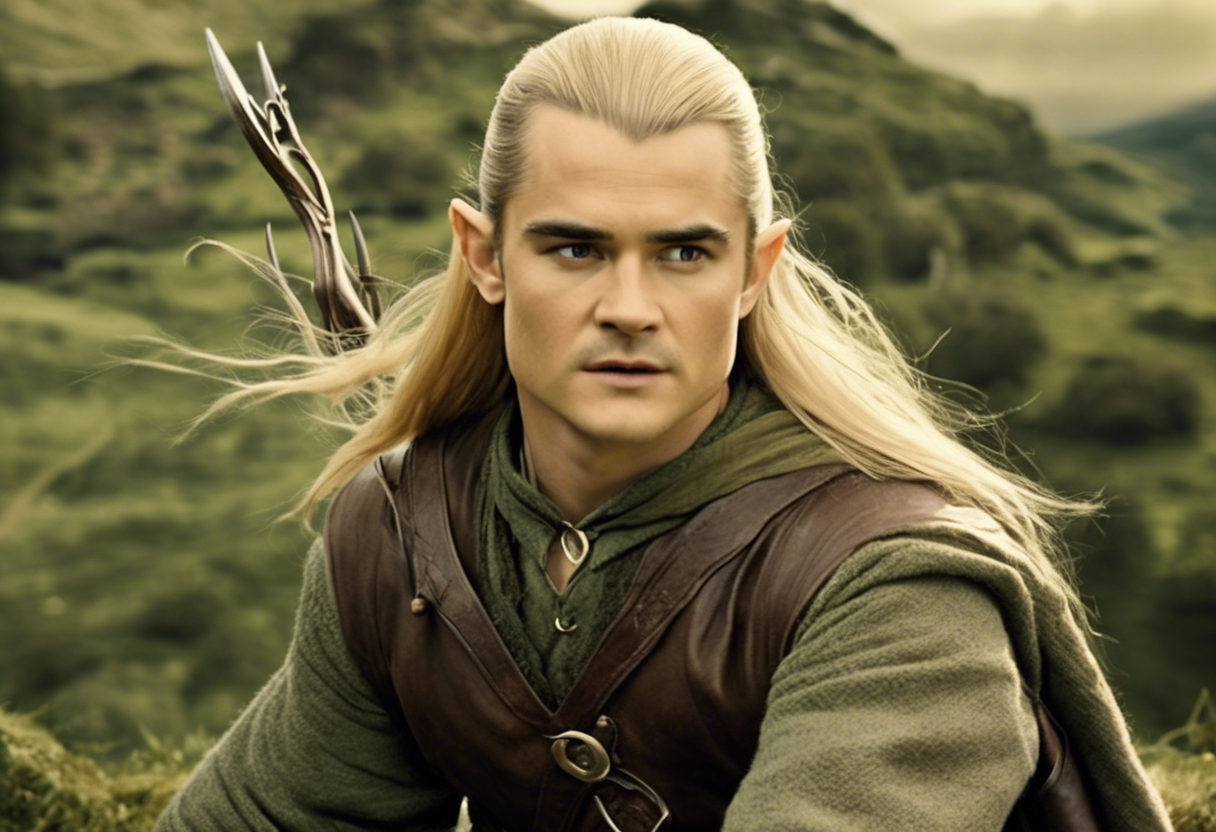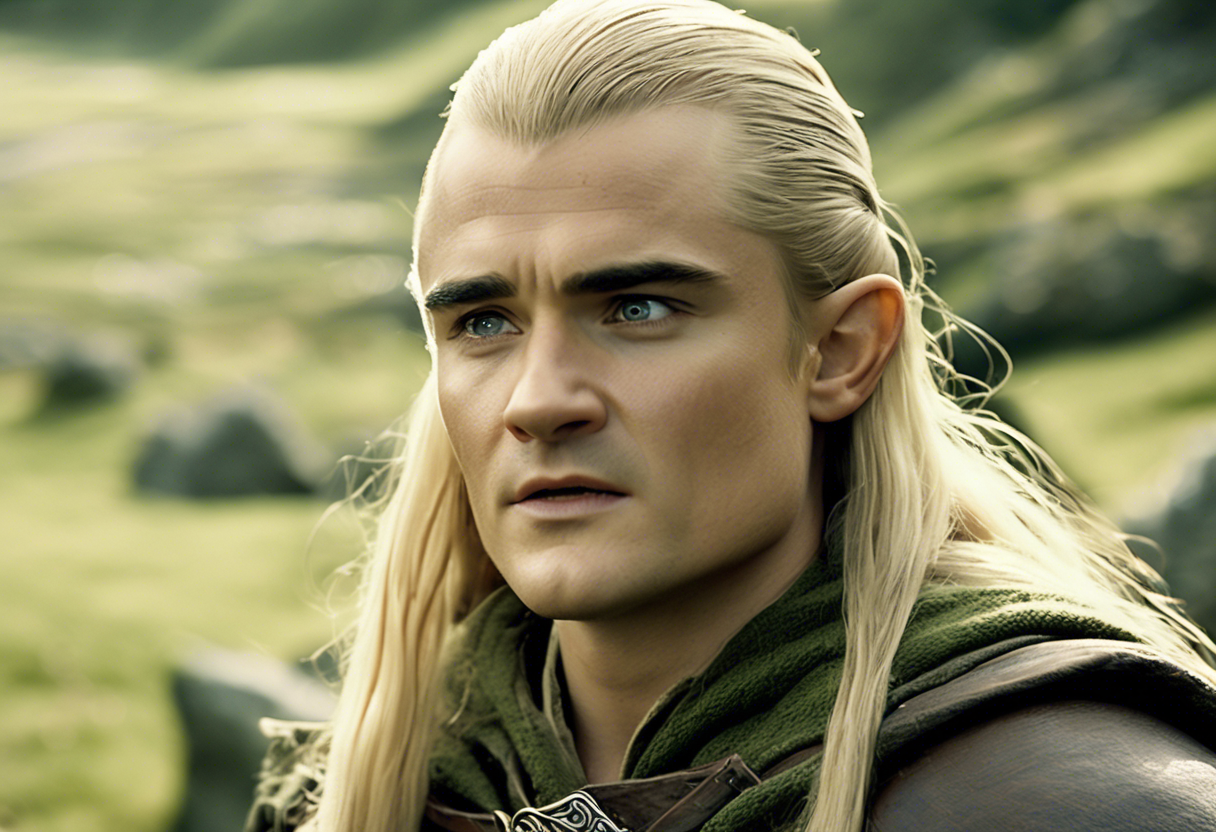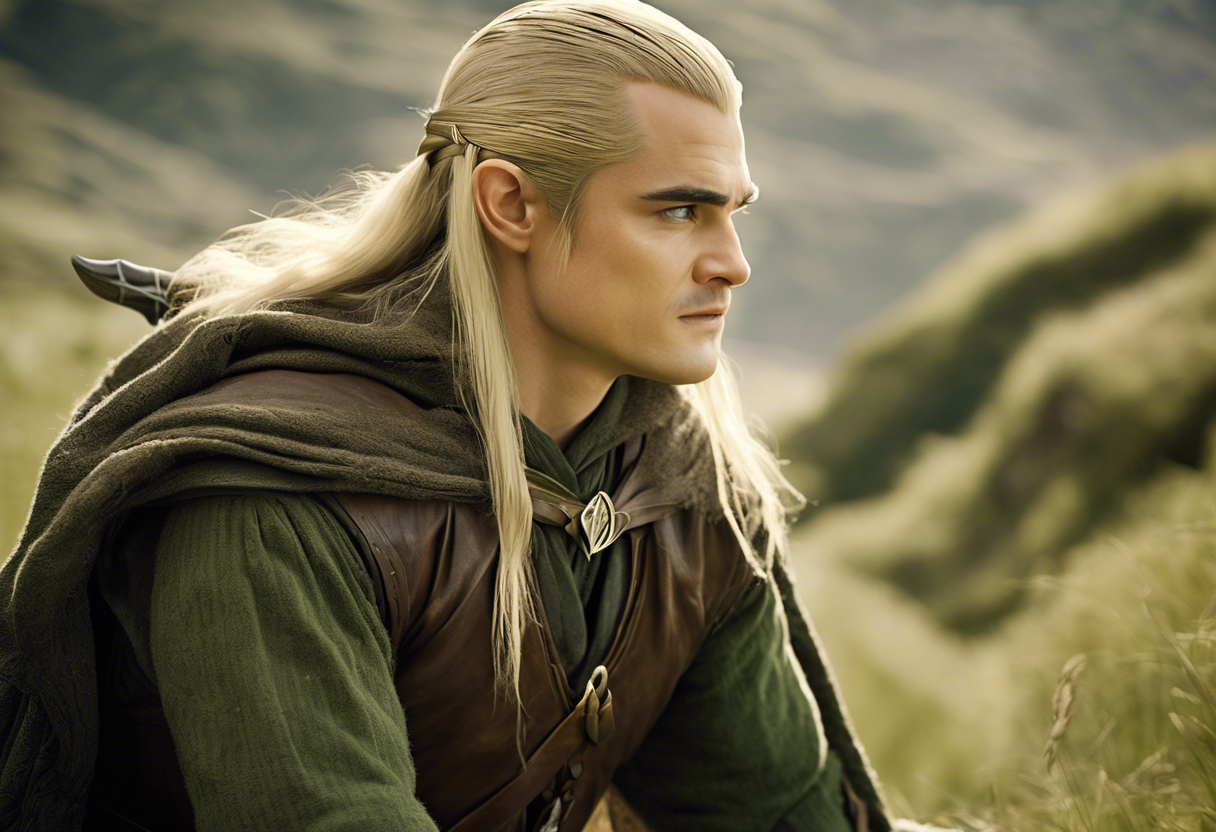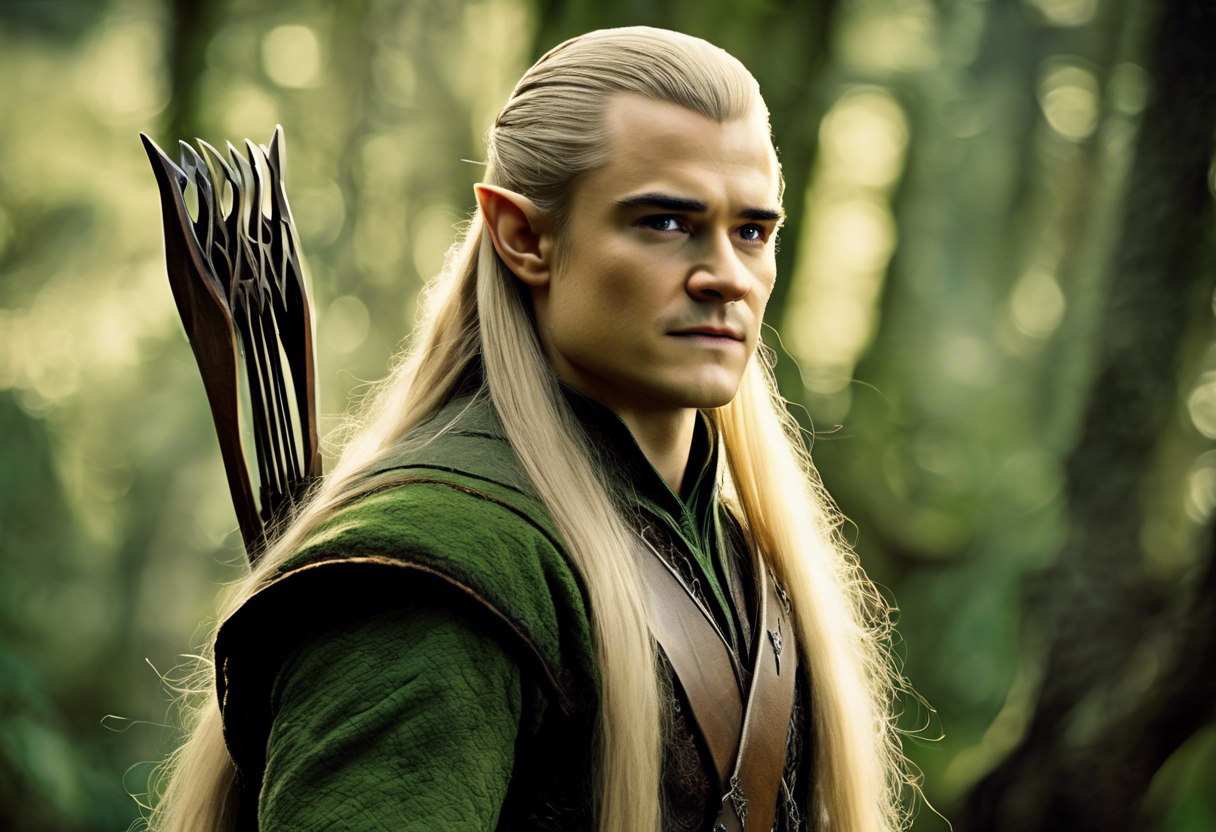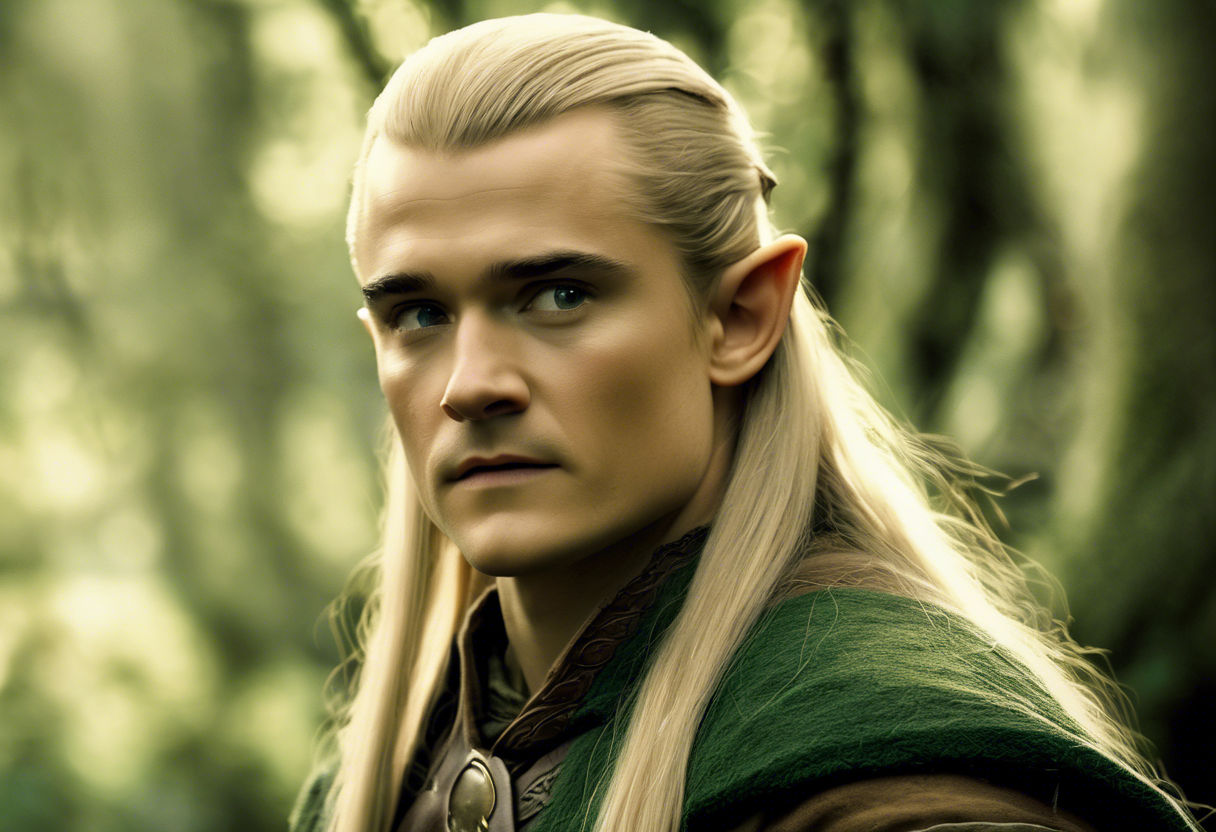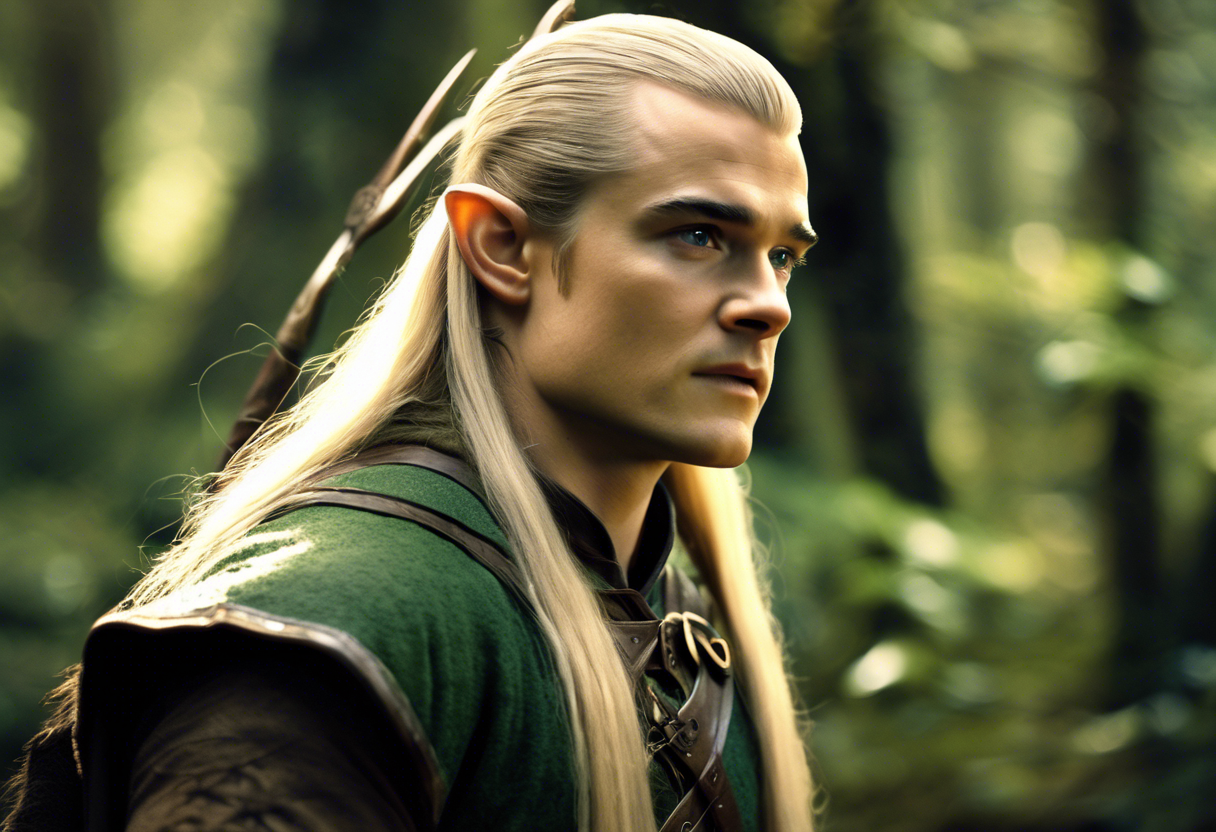Contents
Legolas: The Elven Archer of Middle-earth
Introduction
Legolas, the Sindar Elf of the Woodland Realm, is a pivotal character in J.R.R. Tolkien’s epic fantasy series, The Lord of the Rings. Created by Tolkien, Legolas first appeared in "The Fall of Gondolin," one of the "Lost Tales," around 1917, although his role was minimal in this early work [1].
In The Lord of the Rings, Legolas is the son of Thranduil, the King of the Woodland Realm of Northern Mirkwood, also known as the Elvenking from The Hobbit [1] . He is one of the nine members of the Fellowship of the Ring, tasked with the perilous mission of destroying the One Ring.
Legolas’s defining traits include his exceptional archery skills, agility, and keen senses, which are characteristic of the Elves. His role in the narrative is crucial, as he brings his unique abilities and perspective to the Fellowship, aiding them in numerous challenges throughout their journey.
Role in the Story
Legolas is introduced at the Council of Elrond in Rivendell, where he arrives as a messenger from his father to discuss Gollum’s escape from their guard. He is chosen to join the Fellowship, marking the beginning of his significant involvement in the quest to destroy the One Ring [1].
Throughout the story, Legolas accompanies the Fellowship from Rivendell to Amon Hen, facing various obstacles such as the treacherous Misty Mountains and the underground perils of Moria. In Moria, he plays a key role in fighting off Orcs and recognizing the danger posed by "Durin’s Bane," the Balrog [1].
After Gandalf’s fall in Moria, Legolas continues with the Fellowship under Aragorn’s leadership, entering the Elven realm of Lothlórien. Here, he interacts with the Elf-sentries, facilitating the Fellowship’s passage [1].
Legolas’s relationships with other characters are noteworthy. He forms a strong bond with Gimli, the dwarf, despite their initial differences, and together they face numerous challenges. His interactions with Aragorn and Gandalf also highlight his loyalty and respect for his companions [2].
Key events in which Legolas is involved include the battle against Saruman’s wargs in the lowlands of Hollin and the subsequent journey to rescue Merry and Pippin from the clutches of the enemy. His archery skills are instrumental in these battles, demonstrating his unwavering courage and precision [1].
Character Analysis
Legolas is a complex character with a multifaceted personality. He is renowned for his courage and willingness to face danger head-on, never backing down from overwhelming odds [2].
Despite his stoic demeanor, Legolas is also compassionate and poetic, often expressing a deep connection with nature and a commitment to integrity, virtue, and honor. This contrast between his stoic and compassionate sides makes him a compelling and relatable character [2].
His motivations are rooted in his loyalty to his father, Thranduil, and his commitment to the greater good of Middle-earth. Legolas’s actions are driven by a sense of duty and a desire to protect his realm and the free peoples of Middle-earth from the darkness of Sauron’s rule.
One of Legolas’s greatest strengths is his unwavering optimism and ability to see the good in any situation. This trait, combined with his exceptional combat skills, makes him an invaluable member of the Fellowship [2].
However, Legolas is not without flaws. His immortality and detachment from the mortal world can sometimes make him appear aloof or distant to his human and hobbit companions. Yet, this also allows him to maintain a unique perspective and wisdom that benefits the Fellowship in critical moments.
Themes and Symbolism
Legolas embodies several key themes in The Lord of the Rings. He represents the harmony between nature and the Elves, highlighting the importance of living in balance with the environment. His connection to the natural world is deep, and he often expresses a poetic appreciation for the beauty and simplicity of life [2].
Legolas also symbolizes the unity and cooperation that can exist between different cultures and races. His friendship with Gimli, despite their initial animosity, serves as a powerful example of how even the most unlikely of allies can come together in the face of a common enemy.
Furthermore, Legolas’s character underscores the theme of courage and sacrifice. He faces numerous dangers without hesitation, demonstrating a bravery that inspires his companions and underscores the importance of standing against evil, even in the face of overwhelming odds.
Cultural Impact
Legolas has had a significant cultural impact since his introduction in The Lord of the Rings. Portrayed by Orlando Bloom in the film adaptations, he became a fan favorite for his striking appearance and impressive archery skills [4].
In popular culture, Legolas has influenced various forms of media, from video games to literature. His character archetype—the skilled, agile, and noble archer—has been replicated in many other works of fantasy.
The character’s cultural significance extends beyond the screen and page. Legolas has inspired countless fans with his courage, loyalty, and commitment to justice. He has become an iconic figure in the world of fantasy, symbolizing the ideals of honor and bravery.
Critical Reception
Critics and audiences have generally praised Legolas for his dynamic character and pivotal role in the story. His portrayal by Orlando Bloom was well-received, with many praising the actor’s ability to bring depth and nuance to the character.
However, some critics have noted that the film adaptations amplified certain aspects of Legolas’s character, particularly his acrobatic feats, which some argue deviated from the original book descriptions [4].
Despite these minor controversies, Legolas remains one of the most beloved characters in The Lord of the Rings. His enduring appeal lies in his complex personality, his significant contributions to the story, and the timeless themes he embodies.
Legacy
Legolas’s legacy in the world of fantasy is profound. He has inspired a generation of writers, artists, and filmmakers with his iconic character. His influence can be seen in many subsequent works of fantasy, where characters with similar traits and archetypes have been created.
In contemporary discussions, Legolas continues to be a relevant figure. His character serves as a reminder of the importance of unity, courage, and the preservation of natural beauty. He remains a symbol of hope and resilience in the face of adversity.
Legolas’s enduring appeal also lies in his ability to transcend the boundaries of literature and film. He has become a cultural icon, representing the ideals of honor, loyalty, and bravery that are central to the human experience.
References
- https://en.wikipedia.org/wiki/Legolas
- https://screenrant.com/legolas-strongest-character-traits-in-lord-of-the-rings-hobbit/
- https://www.charactour.com/hub/characters/view/Legolas-Greenleaf.The-Lord-of-the-Rings-The-Fellowship-of-the-Ring
- https://www.dimensions.com/element/legolas
- https://en.wikipedia.org/wiki/The_Lord_of_the_Rings

